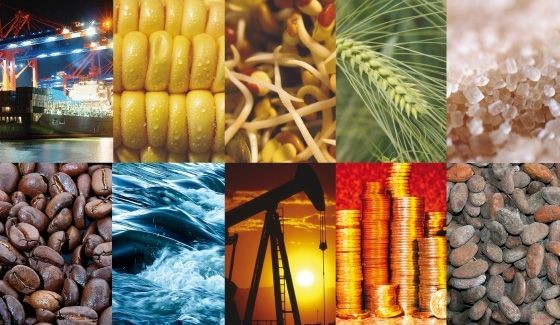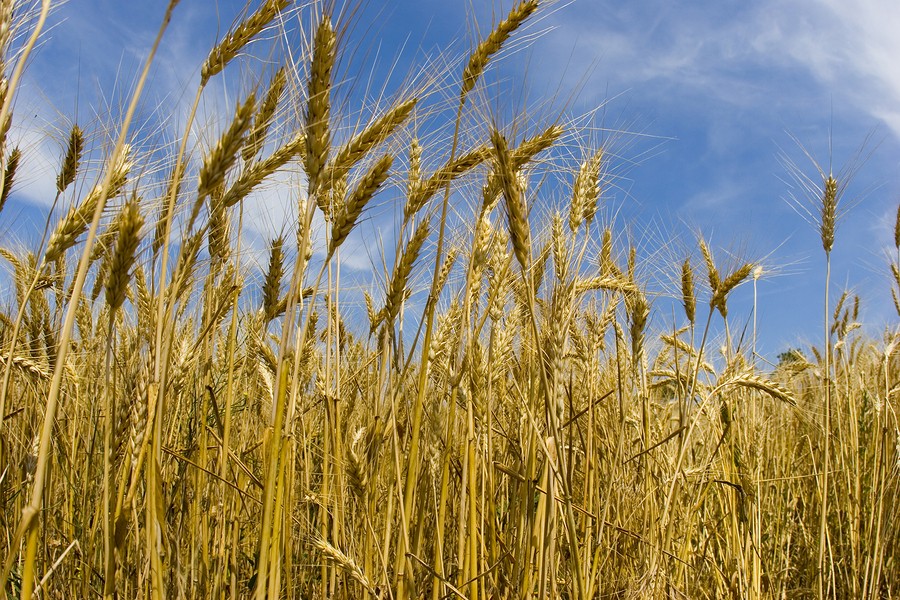Fundamental Analysis of Trading Commodities
Post on: 5 Май, 2015 No Comment

You can opt-out at any time.
Please refer to our privacy policy for contact information.
Fundamental analysis is a means of analyzing commodities and trying to predict where the prices of commodities should be trading and what they will do in the future. The main basis for fundamental analysis is supply and demand.
Supply and demand is a very simple equation, but it gets more complicated when you try to forecast prices in the future. Commodities trade in cycles. Some times supplies will be tight and prices will be high. Other times, we just have too much of a commodity and prices fall accordingly. I like to look at commodities that are trading at multi-year highs or lows. Eventually, the picture will change and that will lead to a good trading opportunity.
Price movements in commodities using fundamental analysis can be broken down into these simple formulas:
- Demand > Supply = Higher Prices
- Supply > Demand = Lower Prices
Supply of Commodities
The supply of a commodity is the amount that is carried over from previous year(s) of production and the amount that is being produced during the current year. For example, the current supplies of soybeans would include the amount of crops in the ground and the amount that is left over from the previous season. Typically, the more that is carried over from the previous season, the lower the prices will fall.
There are many factors that can impact the supply of commodities like weather, amount of acres planted, production strikes, crop diseases and technology. The main thing to remember when using fundamental analysis is that high prices for commodities will lead to an increase in production, as it is more profitable to produce commodities when prices are higher. As you might expect, demand will typically drop as prices move higher.

Demand for Commodities
Demand for commodities is the amount that is consumed at a given price level. The rule of thumb is that demand will increase when the price of a commodity moves lower. Oppositely, demand will decrease as the price of a commodity increases. There is an old saying among commodity traders that low prices cure low prices. This means that more of a commodity will be consumed at lower prices, which lowers the supply and thus prices will eventually increase.
Just think about how you would use more gasoline at $1.50 per gallon than you would at $3 per gallon. Fundamental analysis of commodities is simple economics. Consumption patterns change as the prices of commodities move higher and lower.
Using Fundamental Analysis to Predict Future Prices of Commodities
Prices will fluctuate in the short term, so it is not easy to make fundamental forecasts of commodities prices and make short-term trades. It is even more difficult for new commodity traders to do this. I recommend that new traders, and even experienced traders, use a long-term strategy when using fundamental analysis to forecast commodity prices. You should look for trends that are developing that will cause a shift supply and demand factors.
To begin your fundamental research of commodities, there are numerous reports that are compiled by government sources – USDA. Department of Energy and the Futures Exchanges. Many of the larger commodity brokers will also publish fundamental research for their clients.
It may seem like a daunting task to find all the current data and compare it to previous years and see how prices reacted under those conditions. Worse yet, you have to forecast in the future as to what the supply and demand scenario will be. I can tell you it is almost impossible to do this, especially since you will be competing against experts who have a lot more information and experience than you.
What you want to do is look for trends in production and consumption and trade with that bias. For example, if the supplies of corn are at a five-year high and we just planted a record amount of acres of corn for this season, it is likely that corn futures will trade with a downward bias. You would be likely want to trade from the short side.
Now, at some point, the price of corn will get too low and demand will increase. Or, there might be weather problems during the growing season that will lower the production of corn. In these cases you have to be flexible and realize that prices won’t go down forever.
The longer-term trends in commodities are easier to spot with fundamental analysis, but I prefer to use technical analysis to capture shorter-term movements in commodities prices. Most professional commodity traders like to know what the big picture is with commodities using fundamental analysis and then they use technical analysis to time their entries and exits.














